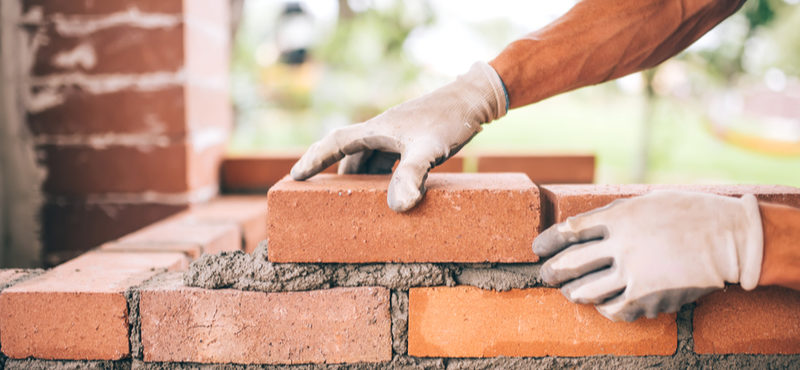Bricks are built to last without a doubt. As a result, they are favorite materials for building and structural design. You will find them everywhere from walls to pavements. But even with their practicality, they also have a fair share of setbacks.
Every environmental condition from hot sunshine to mold, wind, and moisture leaves a mark on them. And in places with winter-like Toronto, the freeze and thaw process doesn’t spare them either. But, worry not, because this article has effective tips you can use to care for your bricks. Let’s start:
Inspection
Twice everywhere, do a thorough inspection of the house. Examine the exterior brick walls while looking for flaws that need fixing. During the inspection, identify mortar joints that are crumbling, brick stains, and cracks. Also, look for the presence of mildew, mold, or moss. After noting down the potential issues, the next step is fixing those issues.
Water Damage
Water damage is a major nuisance on bricks. Often rising damp and splashback as a result of rain should be your main concern. During springs or rainy seasons, the bricks may absorb water due to constant contact. As such, this may provoke cracks on the bricks and motor joints.
On the other hand, the rising dampness soaks the motor from the ground up. You’ll be able to notice this through the tidal lines that develop on the brick. While the end of the rainy season would lead to evaporation of moisture, the salt crystal won’t. As a result, these crystals will initiate the breakdown of the brick.
During winter, the presence of water in the brick is disastrous. It could lead to a freeze and thaw process that would further worsen the damage on your bricks. Therefore, fixing water damage as early as possible is essential. Possible solutions:
- Set a budget for Repointing after every five years to keep the bricks in good shape. This should be able to fix any structural damage and increase the bricks’ lifespan.
- Clear clogs around your house that may promote rising dump. Also, fix the downspouts and gutters to ensure they divert all the rainwater away from your house.
- If standing water during the rainy season persists, regrade your lawn and create a slope away from your home.
Mildew, Mold, and Moss
The potential areas on your home to find moss, mold or mold are those with the least exposure to sunlight. In addition, dump vegetation or soggy soil can also promote the growth of these fungi. If you notice these problems on your brick, consider using bleach and water to eradicate them. Measure a gallon of water plus a cup of bleach and mix.
But before you spray on the brick surface, wet the area first to prevent the brick from taking in bleach. Thereafter, spray your cleaning solution while softly scrubbing the brick surface with a bristle brush (synthetic or natural). Meanwhile, avoid steel bristle brush because it can destroy your brick aesthetics instead of fixing it.
Regular Cleaning of the Brick with Hose
Use pressurized water to eliminate dirt on the surface. Meanwhile, avoid using water at extreme pressure since it can damage the bricks. With that said, use less than 3000 psi. In case a stain persists, you can now use bleach or detergent.
Final Take
Need help on how to properly care for bricks? Well, call Turnbull Masonry for professional services. They’ll not only help you with the care and treatment of your bricks to expand their lifetime. In addition, through their expertise in brick repair, they’ll help identify flaws on your walls and fix them. So, get in touch today to book their services if you’re in Toronto or somewhere in Canada.

